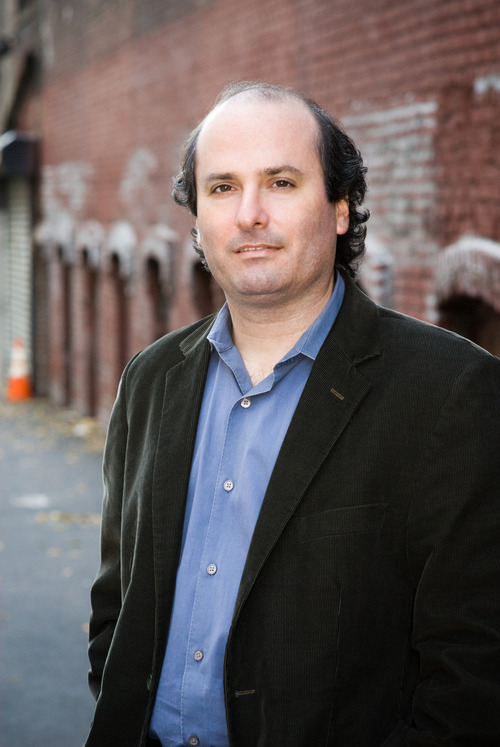
David Grann is a staff writer at The New Yorker and author of The Lost City of Z and The Devil and Sherlock Holmes.
I am never sure how to choose the “best” story as there are too many. But here’s a list of some of the most notable and memorable stories I read in 2012. Pamela Colloff’s two-part series, “The Innocent Man,” which appeared in Texas Monthly, was one of the best crime stories—and, indeed, best pieces of journalism in any category—that I read. Many of my favorite longreads are works of history, and, in that category, I would include two notable pieces published in the magazine that I work for, The New Yorker: they are Robert A. Caro’s “The Transition,” a book excerpt that details, through the eyes of Lyndon Johnson, the terrifying day of the assassination of John F. Kennedy; and Jill Lepore’s “The Lie Factory,” which chronicles the first political consulting firm in the United States, and helps explain everything that is rotten about our politics today.
Finally, I would include a category for the best longreads from the vault—those long ago published pieces that you suddenly discover or rediscover. This year, I read two remarkable pieces in this category. One was James Baldwin’s “Notes of a Native Son,” which originally appeared in Harper’s, in 1955; it’s the kind of essay that is almost no longer done, and that uses autobiography to tell the story of a nation. The other old piece was David Foster Wallace’s “How Tracy Austin Broke My Heart,” published in 1994, which begins as a predictable takedown review of Austin’s memoir and then becomes a totally unexpected meditation on the nature of athletic greatness and storytelling.





 Get the Longreads Weekly Email
Get the Longreads Weekly Email